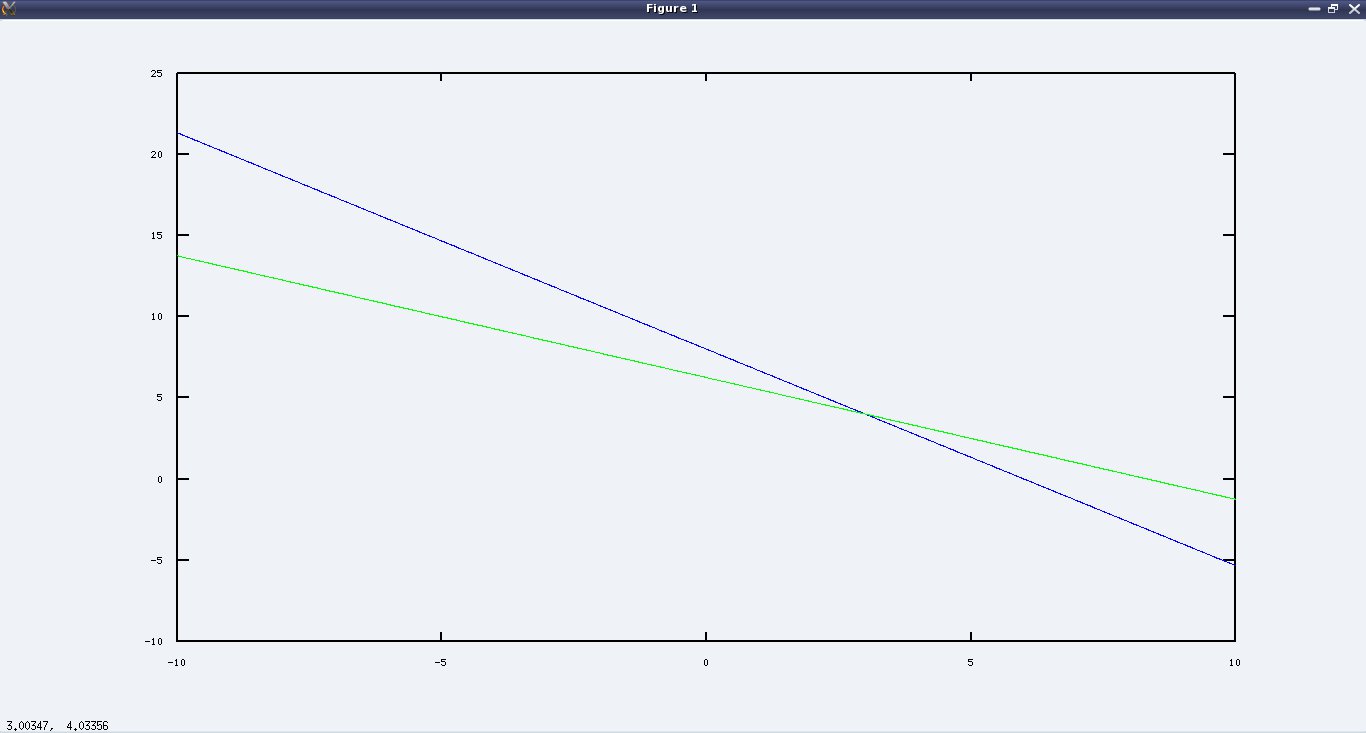This seventh article of the mathematical journey through open source, solves puzzles using linear algebra in octave.
Matrix Maths is what is formally called Linear Algebra. We have gone through its basics in the fifth article. Now, we shall apply that to practical usage. What better than solving puzzles using the same.
Purchase Solving
Shrishti purchased 24 pencils and 12 erasers for ₹96. Divya purchased 20 pencils and 15 erasers for ₹100. What are the prices of the pencil & the eraser?
Assuming that ‘p’ is the price for pencils & ‘e’ is the price for erasers, we have the following two equations:
24 * p + 12 * e = 96
20 * p + 15 * e = 100
Hence, we could get the values of ‘p’ & ‘e’ by solving these equations. Converting them into linear algebra form, they can be re-written using matrix multiplication as:
┏ ┓┏ ┓ ┏ ┓
┃24 12 ┃┃ p ┃ ┃ 96 ┃
┃20 15 ┃┃ e ┃ = ┃ 100 ┃
┗ ┛┗ ┛ ┗ ┛
which is Ax = b, ‘x’ being the vector with variables ‘p’ & ‘e’. Hence, we need to solve for x, which is given by: x = A-1b. Using octave:
$ octave -qf
octave:1> A = [
> 24 12
> 20 15
> ];
octave:2> b = [
> 96
> 100
> ];
octave:3> x = inv(A) * b
x =
2.0000
4.0000
octave:4>
Hence, p = ₹2 and e = ₹4, i.e. each pencil costs ₹2 and an eraser costs ₹4. You may check by putting back these values in our problem statement. Isn’t that cool?
Geometry Solving
How about finding the intersection point of two straight lines? Let us have the following 2 straight lines, defined in the Cartesian coordinate system, i.e. the x-y system:
4x + 3y = 24
3x + 4y = 25
Similar to the earlier problem, the intersecting point could be obtained as follows:
$ octave -qf
octave:1> A = [
> 4 3
> 3 4
> ];
octave:2> b = [
> 24
> 25
> ];
octave:3> X = inv(A) * b
X =
3.0000
4.0000
octave:4>
So, (3, 4) is the intersecting point. Want to see it visually. For that, we would just need to rewrite the straight line equations as follows:
y = (24 – 4x) / 3
y = (25 – 3x) / 4
And then here goes the code:
octave:1> x=-10:0.01:10;
octave:2> plot(x, (24 - 4*x)/3, "b.", x, (25 - 3*x)/4, "g.");
octave:3>
Figure 5 shows the plot generated by the above code.
Solve it
Equipped with the puzzle solving basics, here’s one for your brain: A vegetable seller has placed various equal priced stacks for sale at ₹30. One stack has 4 lemons, 7 cucumbers, 9 tomatoes. Another has 2 lemons, 5 cucumbers, 27 tomatoes. And the third has just 9 cucumbers & 15 tomatoes. Can you compute the price of each vegetable?
Hint: Assume the price of lemon, cucumber, tomato as ‘l’, ‘c’, ‘t’, and then form the 3 equations in three variables.
If you think, you have got it, you may post the solution in the comments. And as we move on, we will get into some different kind of puzzle solving.










Pingback: The Imaginary Music of Octave | Playing with Systems
Pingback: Solve Non-linear Equations using Linear Algebra | Playing with Systems